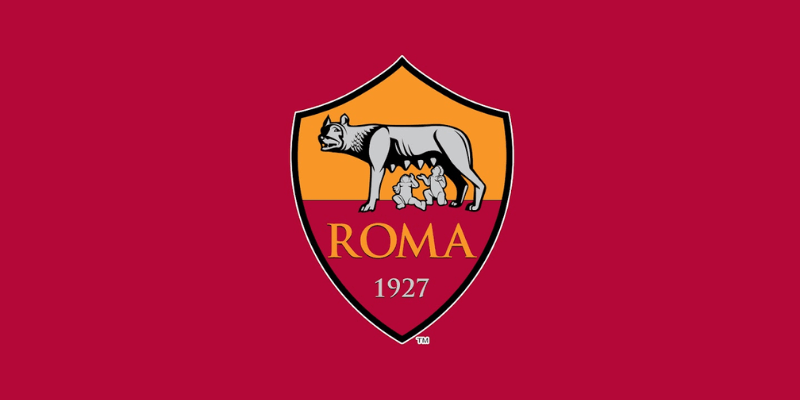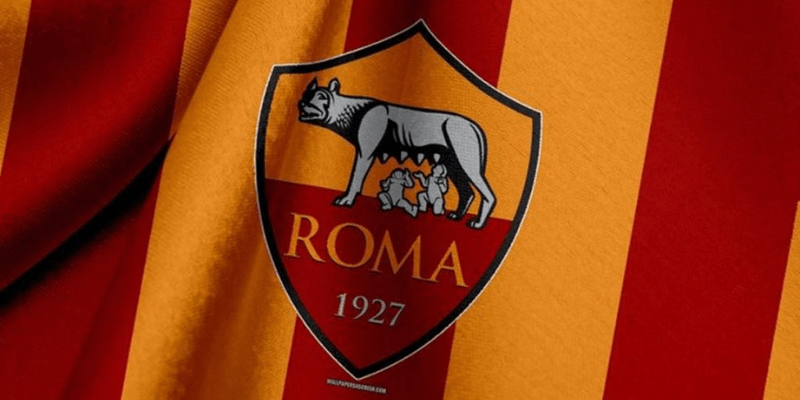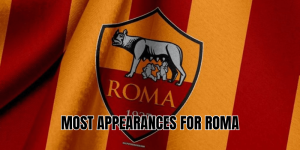In the heart of Italy’s capital, where ancient ruins whis, a football club was born that would carry the city’s pride onto green pitches. You may have searched when was Roma founded, but the answer is more than just a date—it’s a saga of unity, rivalry, ambition, and identity. In this article, CantoKick will guide you through the founding moment, the political undercurrents, the early years, and how that origin has shaped AS Roma’s identity ever since.
The date: when was Roma founded

If you ask any Roma fan, they’ll tell you the club was born in 1927. More precisely, AS Roma was founded on 7 June 1927 through a merger of three older Rome-based clubs: Roman FC, SS Alba-Audace, and Fortitudo-Pro Roma SGS.
This official date is confirmed by the club’s own historical records and mainstream reference works.
The reason behind that fusion wasn’t just sporting — it was political and strategic. Rome, despite being the capital, lacked a single powerhouse football club able to compete with the giants of Milan, Turin, and Genoa. The merger was engineered to create a strong representative for the city in the national football landscape.
Why merge? The political and sporting motive
In the 1920s, Italian football was dominated by clubs from the industrial north — Juventus, Inter, AC Milan — which often overshadowed teams.
The merger scheme
A prominent Roman sports official, aligned with the fascist regime of the time, Italo Foschi, pushed the merger forward. He believed a unified club would symbolize the capital’s strength and prestige, and create a rival to northern dominance. The three clubs that agreed to join forces — Roman FC, Alba-Audace, Fortitudo-Pro Roma — offered their infrastructure and fanbases to build this new entity.
Notably, another major Roman club, Lazio, refused to take part — a decision that would sow the seeds of the fierce Derby della Capitale that still burns today.
Once formed, the new club was inducted into the highest tier (or its predecessor) via a “wild card” arrangement, bypassing lower league qualification — a controversial move that underscored political influence in sport.
Early years: struggles, identity, and first successes. The club’s first season was played at modest venues like the Motovelodromo Appio, before later settling in the working-class district of Testaccio, where their wooden-field Campo Testaccio became home.
In the early 1930s, Roma began turning heads. In the 1930–31 season, they finished as runners-up—no small feat for a newly merged club still finding cohesion and identity. Leaders of that era included Fulvio Bernardini and Attilio Ferraris, who became legends in the club’s folklore.
Over time, Roma adopted the city’s iconic colors—red and yellow (or gold)—and embraced the symbol of the she-wolf suckling Romulus and Remus as the crest, embedding the club within Rome’s mythic foundations.
Titles, highs and lows
- First Scudetto (Serie A title): 1941–42
- Later triumphs: 1982–83, 2000–01
- Coppa Italia titles: Nine in total
- European success: Inter-Cities Fairs Cup (1960-61), UEFA Conference League (2021-22)
- Relegation: Roma has only been relegated once, in 1951–52
- Appearances & legends: Francesco Totti holds record for both appearances (780) and goals (307)
Through decades, Roma oscillated between glory and frustration, but their supporters never wavered. The club maintained its status as a pillar of Italian football.
The legacy of that 1927 foundation

The merger that produced Roma in 1927 did more than create a team—it created a cultural symbol. The club’s color scheme, crest, and identity are directly tied to the city of Rome and its mythical past. The sense of being the “club of the capital” remains part of its DNA.
That founding also cemented the club’s rivalry with Lazio — the only major Roman club left outside the merger pact. The Derby della Capitale has since become one of the fiercest in world football, born out of that split decision in 1927.
Moreover, the foundation year is celebrated regularly by fans, media, and club events. Every June, Roma commemorates its birth with ceremonies, matches, and reflective articles, always harking back to when was Roma founded.
Common misconceptions & alternative dates

You may find some sources listing alternate founding dates—one notable claim is 22 July 1927. However, that date is not supported by the club’s official archives or by the majority of historians. The consensus remains 7 June 1927.
Another area of confusion: some may think AS Roma was around much earlier, but that is a conflation with older Roman clubs (pre-merger). The modern legal and cultural continuity begins.
Why “when was Roma founded” still matters
Asking when was Roma founded is not just trivia. It’s a portal into the club’s soul. The founding date represents a moment when political ambition, footballing strategy, and city identity collided to give birth to something lasting. Over nearly a century, that moment shaped Roma’s badge, its cultural resonance, its rivalries, and its mission.
Understanding the origins helps you grasp why Roma fans feel so connected to the city, why certain rituals matter, and why the team carries weight beyond just football.
Conclusion
When was Roma founded? The resounding, definitive answer is 7 June 1927—the day three Roman clubs merged into what would become Associazione Sportiva Roma. That moment didn’t just launch a football club; it laid the foundation for a century of identity, pride, and battles in Italy’s footballing pantheon.
CantoKick invites you now: dig deeper into Roma’s history—explore iconic matches, legends like Totti and De Rossi, and landmark seasons. And next time someone asks when was Roma founded, you’ll know the full story, not just the date.



